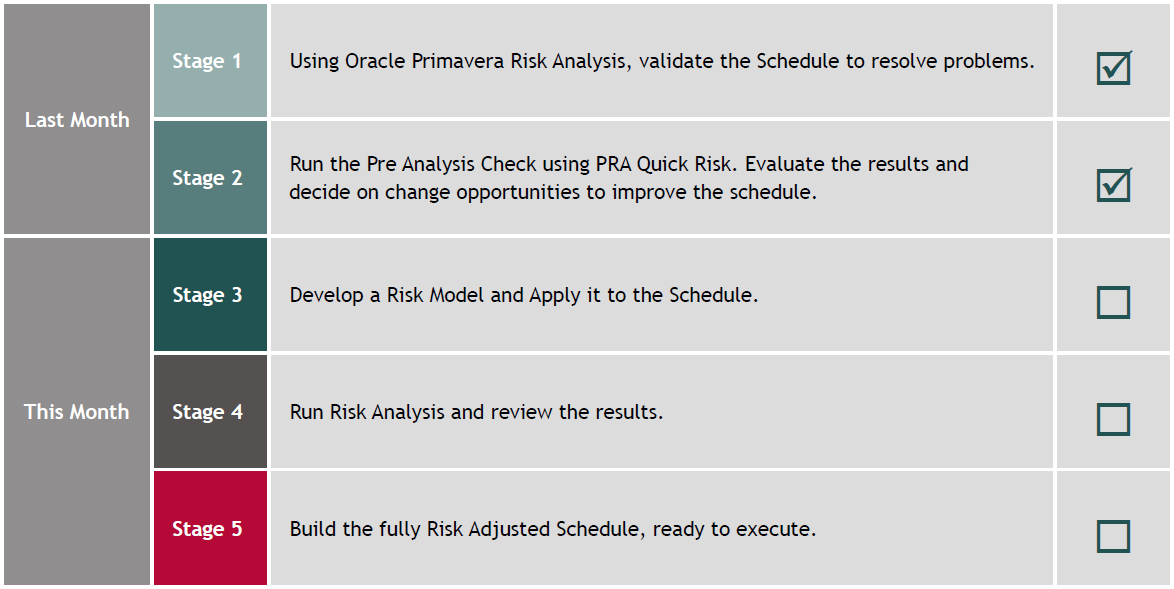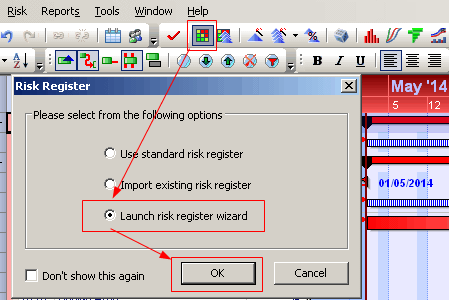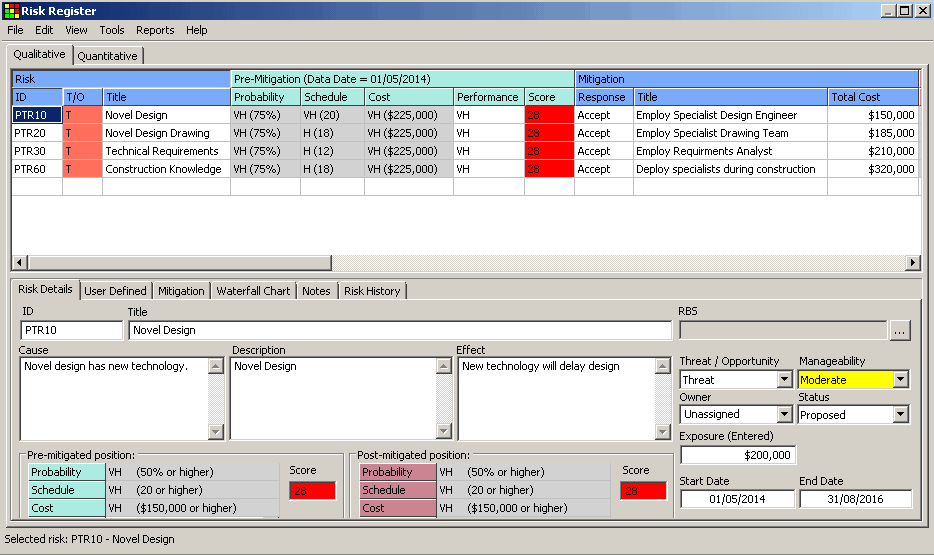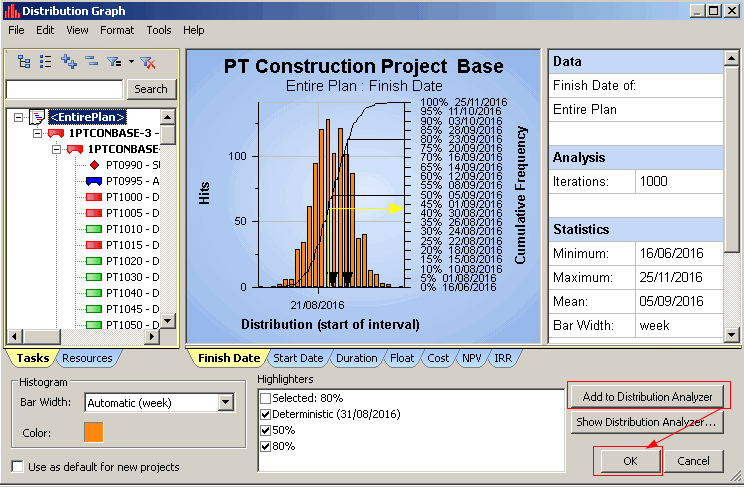Last month we introduced Oracle Primavera Risk Analysis as one of the leading Risk Analysis tools. The Risk journey started with Schedule Validation and a subsequent Pre Analysis Check. These actions were the first two steps in a five step model focused on developing robust schedules with a high probability of success.
This month the Risk modelling journey continues. The following high level steps are used to develop a Risk Register which can be applied to a schedule. Once applied to the schedule, the Risk Register is used to create a Risk Impacted schedule. This schedule will be more robust with a probability of success to a 90% confidence level. The Risk Impacted schedules can then be used to build an improved P6 Schedule.
The Five Stage Journey to Building Best Performance Schedules
After covering stages one and two in last month’s newsletter, this month we will provide a high level overview of the remaining stages of your journey to building and executing a more robust schedule.

Stage 3: Develop Risk Register
Risk Registers describe the cause and effect of each Risk for defined work with the project schedule. The Risk register can be built to include qualitative or quantitative (probabilistic) analysis in terms of Schedule, Cost and Performance impacts. When the register has been defined, you can then assign a risk profile to individual Activities and develop the appropriate Mitigations for each Risk. This process provides Oracle Primavera Risk Analysis with the basis to create Pre and Post mitigated risk options for further Risk Analysis, evaluation and possible intervention and mitigation.
Step 1 – Develop and Import Risk Models
Import a Risk register or build a new Risk register using the Risk Analysis Risk register wizard.

Launch the wizard, set up the risk matrix and define the matrix parameters. Enter the Risks in the register, describe the cause and effect and set values against each risk for Pre and Post mitigation. Determine total exposure, Mitigation actions and costs. Save the Risk Register and the plan.

The register is ready for the Risk Analysis.
Stage 4: Run Risk Analysis
Step 1 – Run Risk Analysis
The initial plan is added to the Distribution Graph before applying the Risk Register and creating the Impacted Risk Plans.

Step 2 – Create the Impacted Risk Plan
The Risk Register, now applied to the Schedule, is used to create the Impacted Risk Plan.

Step 3 – Generate Pre and Post Mitigated Schedules
Select Build Impacted Risk Plan to generate the Pre and Post mitigated schedules.

Step 4 – Run Risk Analysis
Run Risk Analysis on the Pre and Post Mitigated schedules. Add each analysis to the Distribution graph and review the results.

Step 5 – Review the Results
Evaluation of the full data set will enable you to critically assess high risk activities that drive project outcomes. You can make targeted changes to the Maximum and Minimum values for the high risk work and run Risk Analysis again. Recording results and making decision on best outcomes further refines the risk analysis.
Stage 5: Build the fully Risk adjusted Schedule
After a risk analysis has been performed in Oracle Primavera Risk Analysis, the results can be updated to the Oracle Primavera P6 Schedule. The fields that are used in the default Oracle Primavera P6 and Oracle Primavera Risk Analysis risk output columns can be changed if required but are divided into Project and Activity level output fields.
It is recommended that new Primavera P6 user fields are set up for the purpose of storing the risk input and output data such as P50, P80 and P90 risk durations. You can then use the Primavera P6 Global Change utility to update the Primavera P6 Duration from the Risk Duration User Defined Fields as required.
…JOIN PRESCIENCEADVANTAGE® PRIMAVERA SUPPORT
A PrescienceAdvantage® Primavera Support agreement is flexible, scalable and value driven. It offers functional and technical Oracle Primavera assistance, delivered remotely or on-site. Find out more about setting up a Support Agreement for your site, or call us on 1300 086 816.

